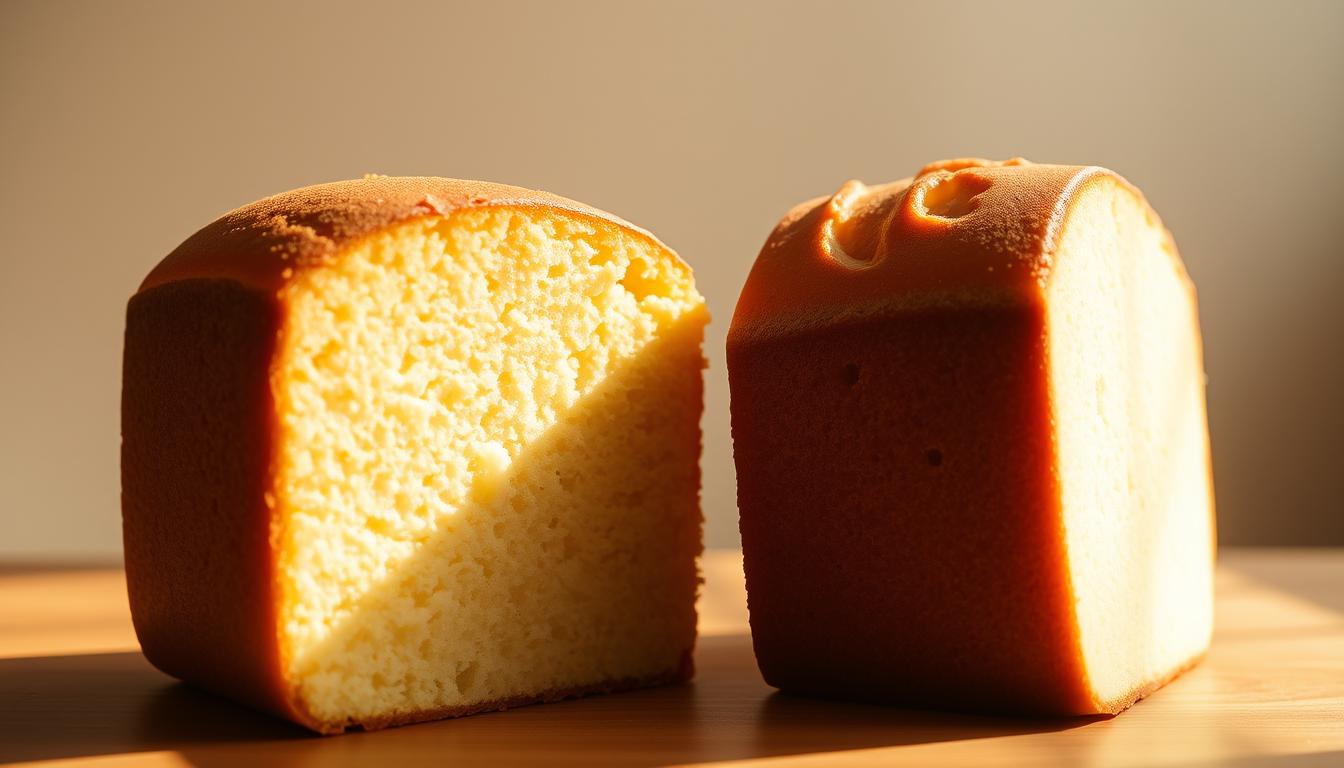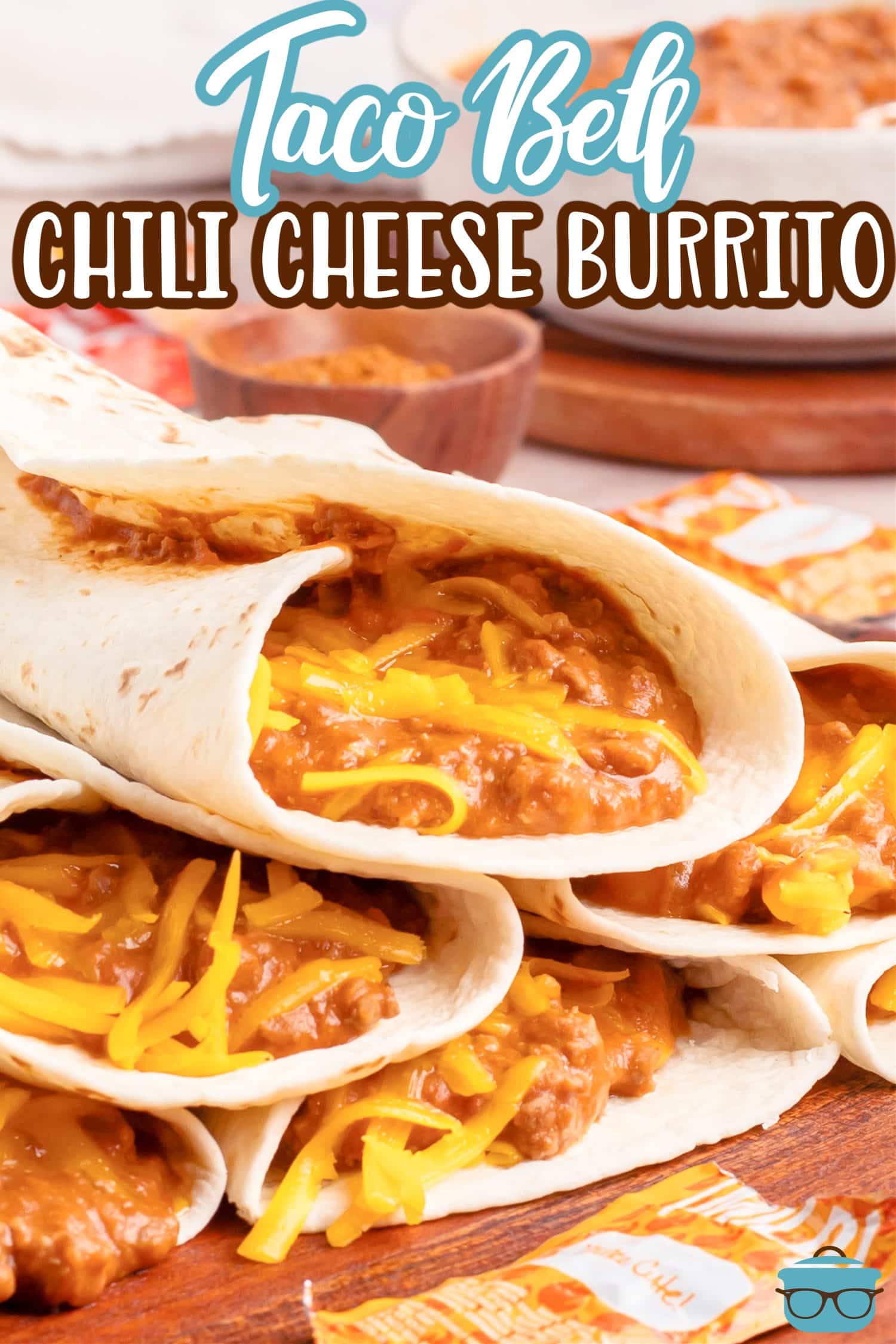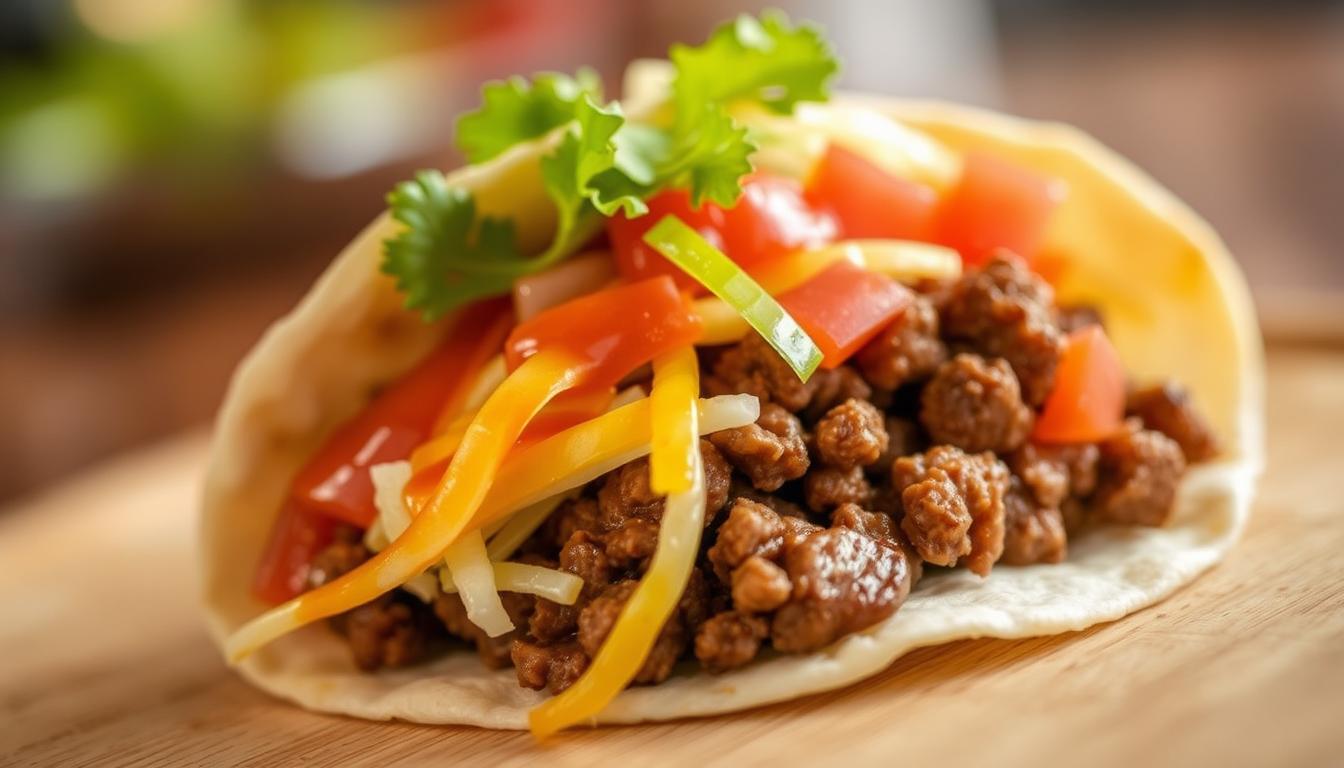Have you ever wondered what makes Madeira cake and Pound cake different? Both are beloved desserts, but they have distinct histories and ingredients that set them apart. Let’s explore these two treats and uncover their unique qualities.
While Madeira cake is often linked to Madeira wine, its name actually comes from its rich, wine-like flavor profile. Pound cake, on the other hand, got its name from the original recipe that used a pound each of butter, sugar, eggs, and flour. Despite their similarities, these cakes have notable differences in texture and taste.
Both cakes share roots in traditional British baking, with Madeira cake offering a versatile base for various flavors and Pound cake providing a dense, buttery experience. This article will guide you through their origins, ingredients, and baking methods to help you choose the perfect cake for your needs.
Key Takeaways
- Madeira cake is known for its firm sponge texture and versatility in flavor.
- Pound cake is famous for its dense, moist texture and rich buttery taste.
- Both cakes have historical ties to traditional British baking.
- The names “Madeira” and “Pound” reflect their historical roots rather than direct ingredient connections.
- Understanding their differences in ingredients and baking techniques can help you choose the best cake for your preferences.
Understanding the Origins and History of These Cakes
The history of Madeira cake and Pound cake is deeply rooted in British tradition, with each having its own unique story. Madeira cake, often served with sweet fortified wines, first appeared in Eliza Acton’s 1845 recipe collection. Its name reflects a rich, wine-like flavor profile rather than an actual ingredient.
Pound cake, named for its original recipe using a pound each of butter, sugar, eggs, and flour, dates back to 1747 in “The Art of Cookery” by Hanna Glasse. Both cakes were staples in Victorian Britain, particularly during afternoon tea, where they were often paired with wines or teas.
Historically, the British practiced dipping cakes in wine, as noted in manuscripts. Madeira cake, a plain sponge, was designed to complement sweet wines, while Pound cake remained dense and buttery. Over time, recipes evolved, with Madeira incorporating lemon and Pound cake maintaining its classic form.
Notable figures like Jane Grigson documented these cakes, preserving their legacy. Today, while Madeira is sometimes served with wine, contemporary practices lean towards simpler pairings, reflecting changing tastes.
madeira cake vs pound cake: Key Differences and Ingredients
When it comes to understanding the differences between Madeira cake and Pound cake, it all starts with the ingredients and their proportions. Both cakes share similar components but vary in ratios and additional elements, leading to distinct textures and flavors.
Ingredient Comparison and Ratios
The primary ingredients in both cakes include flour, butter, sugar, eggs, and often lemon zest. Madeira cake typically uses a higher proportion of flour compared to Pound cake, which results in a denser texture. This higher flour content helps Madeira cake stay fresh longer. Pound cake, on the other hand, focuses on a rich, buttery taste with a 1:1 ratio of butter to sugar, creating a moist and dense crumb.
Recipe Variations and Their Impacts
Both cakes utilize the creaming method, where butter and sugar are beaten together to incorporate air, enhancing the cake’s rise. However, unlike genoise-style sponge cakes, which fold in flour gently, these cakes mix flour directly into the batter, contributing to their dense structure. Variations, such as Nigella Lawson’s addition of extra butter, aim to increase moisture without compromising the cake’s integrity. Some recipes incorporate milk or ground almonds to further diversify the texture and flavor profile.
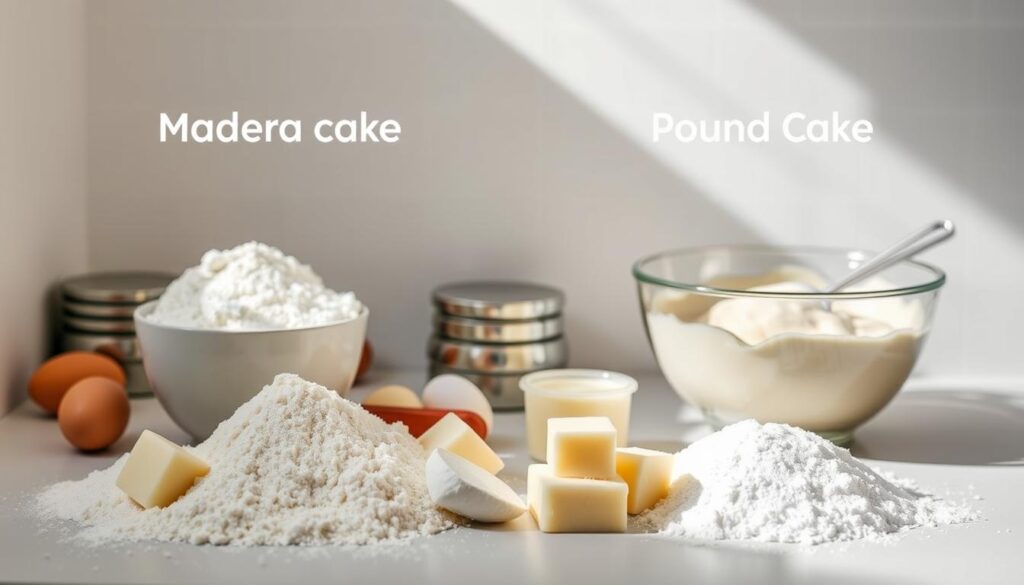
While traditional recipes remain straightforward, modern adaptations often tweak ingredient proportions to enhance moisture or flavor. These adjustments are crucial for bakers aiming to replicate either historical versions or contemporary interpretations of these beloved cakes.
Exploring Taste, Texture, and Baking Techniques
The distinct characteristics of Madeira cake and Pound cake lie in their unique flavors and textures, shaped by specific baking methods. Madeira cake is celebrated for its firm, sponge-like texture and a subtle zesty lemon flavor, often enhanced with a crackled sugar topping. In contrast, Pound cake boasts a rich, buttery taste with a dense, moist crumb. These differences are achieved through variations in ingredient ratios and baking techniques.
Flavor Profiles and Traditional Additions
Madeira cake often includes lemon zest for a refreshing balance, while Pound cake relies on the creaming method to incorporate air, creating a lighter yet dense texture. Traditional additions like candied lemon or a sugar crust enhance the flavor experience, making each cake unique.
Baking Methods and Texture Outcomes
The creaming method used in both cakes involves beating butter and sugar to incorporate air. However, Madeira cake’s higher flour content results in a drier texture, whereas Pound cake’s 1:1 butter to sugar ratio ensures moisture. Baking at the right temperature is crucial for the characteristic doming and cracking of Pound cake.
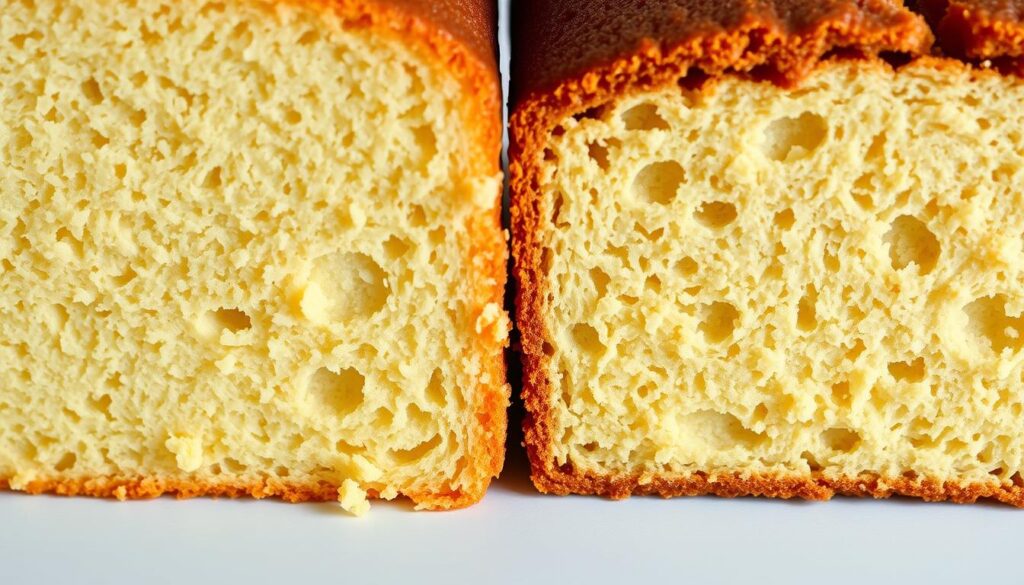
Serving Suggestions and Modern Twists
Both cakes are versatile. Madeira cake pairs well with tea or as a base for trifles. Pound cake can be served with fresh fruit or glazes. Modern twists include creative garnishes or transforming leftovers into desserts, keeping these classics appealing.
Conclusion
In the world of traditional desserts, Madeira cake and Pound cake stand out as timeless classics with rich histories and distinct personalities. Both cakes have carved their places in baking history, offering unique experiences for those who enjoy them. While Madeira cake is celebrated for its firm texture and versatility, Pound cake is cherished for its dense, buttery richness. Their differences in ingredients and baking techniques make each one special, yet both share a common ground in their enduring appeal.
Understanding the nuances of these recipes, from the creaming method to the careful balance of ingredients, empowers home bakers to create authentic versions. Whether you’re drawn to the subtle zesty notes of Madeira cake or the indulgent moisture of Pound cake, both recipes offer a gateway to traditional baking. So, take a moment to explore these classic recipes in your kitchen. With a little patience and practice, you’ll uncover the magic behind these beloved treats and enjoy the satisfaction of baking something truly special.
